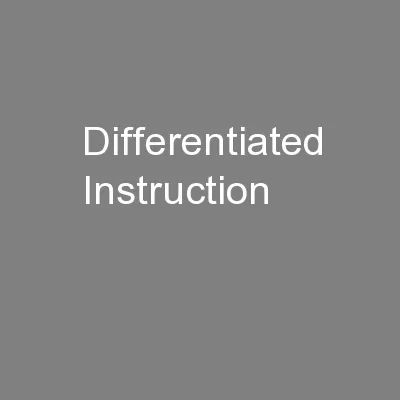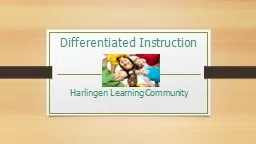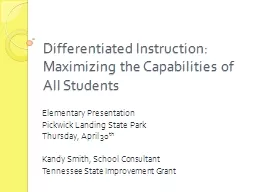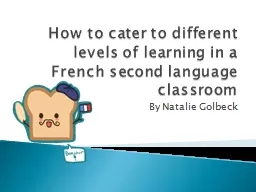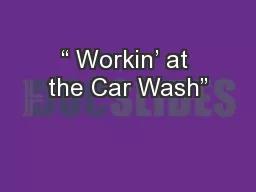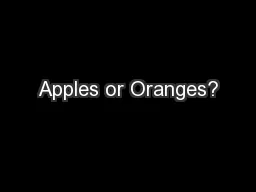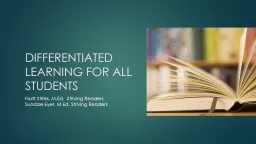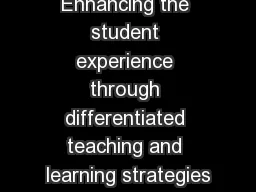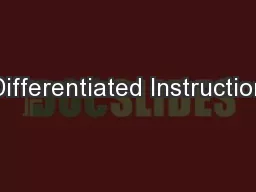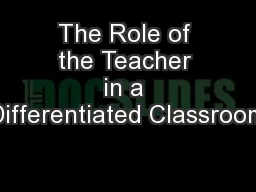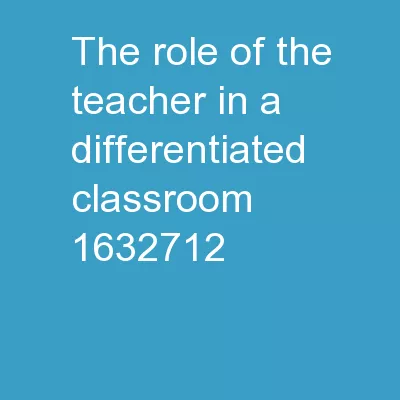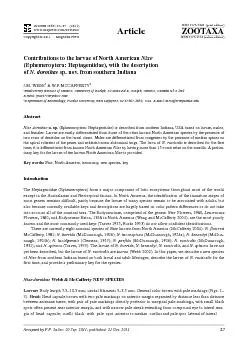PPT-Differentiated Instruction
Author : marina-yarberry | Published Date : 2016-03-21
Beginning Teacher Symposium WCU August 14 2013 Kristin Menickelli kmenickellijcpsmailorg This is the value of the teacher who looks at a face and says theres something
Presentation Embed Code
Download Presentation
Download Presentation The PPT/PDF document "Differentiated Instruction" is the property of its rightful owner. Permission is granted to download and print the materials on this website for personal, non-commercial use only, and to display it on your personal computer provided you do not modify the materials and that you retain all copyright notices contained in the materials. By downloading content from our website, you accept the terms of this agreement.
Differentiated Instruction: Transcript
Download Rules Of Document
"Differentiated Instruction"The content belongs to its owner. You may download and print it for personal use, without modification, and keep all copyright notices. By downloading, you agree to these terms.
Related Documents

